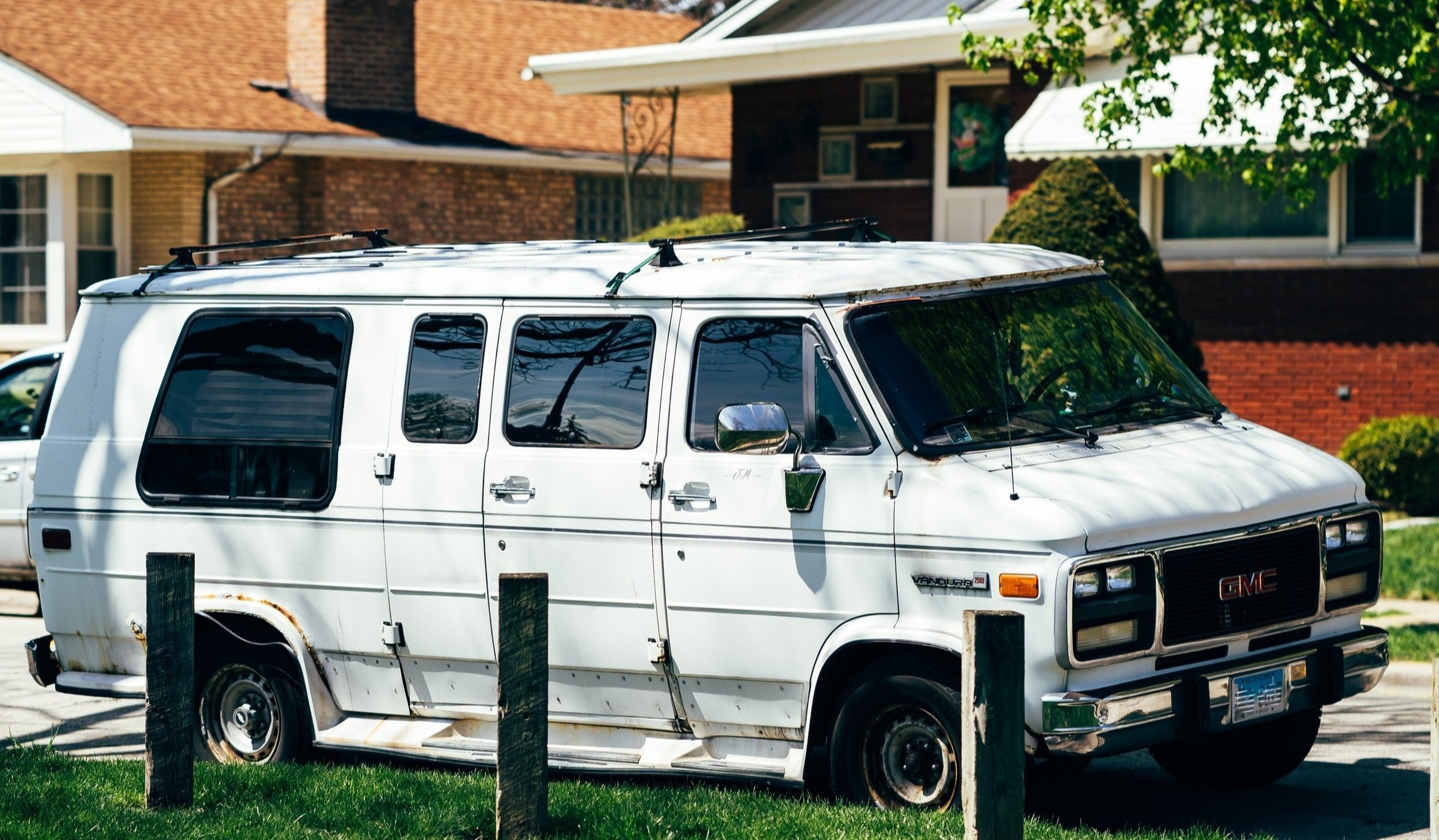Understanding Human Trafficking Through the Lens of a Survivor’s Story and Red Flags
An account of a survivor's journey and how to identify the warning signs
A Survivor’s Journey
Day after day, as a young child, Victoria was deliberately left with a revolving group of people who had bad intentions and would do harmful things to her, all of which were condoned by her mother. This cycle of human trafficking began when she was four years old and defined the rest of her childhood. No one in her community suspected her mother was sexually exploiting her, as she ran a successful daycare and worked as a principal for their local Head Start program.
Although Victoria’s community did not recognize the signs of trafficking, the indicators were there: her being left with strangers for long periods and her bedroom window being nailed shut designed to lock her in. It did not help that her mother’s job as an early childhood professional contributed to the perception that she was an upstanding member of society. Unfortunately, this squeaky-clean image obscured Victoria’s mother’s crimes.
Victoria’s trafficking experience ended when she was 14 years old. Since then, she has been proactive in going to therapy to recover from her PTSD. Learn more about the positive changes in her life, as well as her life story here.
Human Trafficking Misconceptions
When thinking of human trafficking, it is easy to conjure up images of basements, white passenger vans, or smuggling people across borders. The truth is that human trafficking occurs in local businesses, factories, and homes – places where you would least suspect it. Most traffickers exploit people they already have a relationship with.
Misconceptions about human trafficking, like how human traffickers are kidnappers who lure their victims into white vans, make it harder for people to receive proper education about the nuances of human trafficking.
Because human trafficking happens behind closed doors and out of sight, it is far more prevalent than most people think it is. The reality is that human trafficking is present in nearly every community in the United States and all around the world. It looks different in each community, but it is everywhere.
Adding onto its elusive nature is the unequal balance of power between those supplying forced commercial sex and those demanding it. As the demand greatly outnumbers the supply, sex traffickers intervene to respond to the demand by recruiting people to exploit using force, fraud, and coercion.
Those who purchase sex are often middle-aged, married men, and victims are overwhelmingly women and children. That being said, men and boys are also trafficked. Sex buyers are likely to avoid criminal charges because of their privilege and social status. As such, survivors are hesitant to come forward or they may not even know that they are being trafficked. In Victoria’s case, her mother’s status as a community leader and a parent figure in her life fit within the power imbalance structure prevalent within exploitation.
Human Trafficking Red Flags
Unfortunately, people who are being trafficked may not realize the kind of situation they are in or they may be afraid of the repercussions should they speak out. It is important to highlight the signs of human trafficking to prevent additional people from becoming exploited and connect identified victims to supportive services.
Potential red flags concerning human trafficking include:
At Free to Thrive, we are conscious of the legal barriers survivors face because of their trafficking experiences. Our approach towards tackling trafficking is three-fold: legal services, education, and policy advocacy. These efforts aid us in fighting human trafficking and supporting survivors like Victoria so they can be free to thrive.
About the Author: Katriel Lin is a Marketing & Development intern at Free to Thrive. She’s majoring in Global Studies and Political Science and minoring in Management at Purdue University.



